Participating in the Campaign, our artillery force included the 351st Artillery Division (45th Regiment of 105mm Howitzers (24 guns), 675th Regiment of 75mm Mountain Artillery (20 guns) and a number of engineering and air defense units); artillery units belonging to the 308th, 312th, 316th, and 304th Infantry Divisions. Later, the artillery force was supplemented with 1 DKZ75mm battalion, 1 102mm rocket artillery battalion and 1 75mm mountain artillery company. The artillery force's mission was to directly support the infantry in attacking strongholds, clusters of strongholds, and resistance centers; fight enemy counterattacks and encroachments; suppress enemy artillery; control airports, and destroy command posts and warehouses.
Initially, with the motto of "fighting fast, solving fast", we built a 15km-long artillery road by human power running from the Na Nham forest gate, crossing the 1450m high FaSong peak down to Ban Nghiu for the 45th Regiment of 105mm howitzers to occupy. On January 16, 1954, we began to pull the artillery into the battlefield on a winding, narrow, slippery, muddy, steep military road; through many dense forests, high mountains, dangerous deep ravines, under conditions of fierce enemy air force and artillery attacks. To pull the tons-heavy artillery, we had to use 80 to 100 people standing in 4 rows of ropes in front, combined with hand winches to move each section; on both sides of the artillery, there were gunners carrying the forks, booms, and artillery chocks. To pull the artillery safely, there were heroic officers and soldiers who sacrificed their lives by using their bodies to choke the artillery chocks such as To Vinh Dien, Nguyen Van Chuc...
On January 25, 1954, the Campaign Command decided to change the combat strategy from "fight fast, solve quickly" to "fight steadily, advance steadily"; at the same time, ordered the artillery to be pulled out and a new battle formation was established. On the morning of February 5, 1954, the artillery to be pulled out and a new battle formation was completed and became a miracle in the history of the Vietnamese military. In the campaign, artillery combat operations were also carried out in 3 phases as follows:
Phase 1: From March 13 to March 17, the mission to support the attack and destroy the Him Lam base opened the campaign and the entire northern sector of the enemy. At exactly 5:00 p.m. on March 13, 1954, 6 companies of 105mm howitzers and 3 companies of 120mm mortars from the East and the North suddenly opened fire fiercely, paralyzing the enemy artillery positions in the center of Muong Thanh and Hong Cum and destroying 5 enemy aircraft.
Phase 2: From March 30 to April 30, 1954, the mission was to capture the key defensive area in the East, tightening the siege of the enemy's Central area. On the afternoon of March 30, our artillery began to prepare fire, then supported the infantry to attack strongholds A, C, D, E. Right from the start, we used 3 howitzer companies to launch fierce fire attacks, paralyzing the enemy's 2 most dangerous artillery positions at Heights 203 and 210; then, supported the infantry to break through and attack and capture strongholds A, C, D, E, winning victory.
Phase 3: From May 1 to May 7, 1954, the campaign's goal was to capture the last high points in the East; seize the opportunity, launch a general attack to destroy all enemy troops in Dien Bien Phu. To carry out the campaign's goal, before May 1, artillery organized to destroy part of the enemy's fortifications, bunkers, and important firing points; in each battle, preparatory fire lasted 15 minutes, then supported infantry to charge and destroy strongholds in the Central and C zones in the South Hong Cum zone; defeated the enemy's counterattacks, destroyed the last two important strongholds of the enemy, hills A1 and C2; pursued the retreating enemy, contributing significantly to forcing the enemy to surrender unconditionally.

Major General Nguyen Hong Phong, Commander of the Artillery Corps.
After 56 days and nights of fighting, the artillery successfully completed its mission, marking the growth and maturity of the artillery troops, contributing to the entire army's destruction of the entire Dien Bien Phu stronghold. In particular, the art of using artillery had a remarkable development, demonstrated in the following contents:
One is to use powerful artillery forces, which are the main ground firepower to support important combat missions of the campaign.
The number of artillery participating in the campaign had a remarkable development, creating an advantage over the enemy; in which, the 105mm howitzer, which was the first to be used in battle, had a long range and great power; therefore, artillery became the main firepower of the campaign. During the campaign, artillery provided fire support to break through and attack the enemy's defense in solid fortifications, surrounded and attacked, attacked counterattacking troops, suppressed artillery positions and enemy command posts; destroyed fortifications, warehouses, and controlled the airport.
Second, concentrate artillery advantage to support infantry to win the battle, destroy each stronghold, and then destroy the entire enemy stronghold group.
In the campaign, we concentrated the largest artillery compared to previous campaigns; initially, we concentrated 229 guns, and by the time the shots were fired, it had increased to 258 guns; after the first phase, there were 261 guns of all types. The level of artillery concentration for the campaign included: 100% 105mm howitzers, more than 70% 75mm mountain guns, and up to 80% 120mm mortars of the entire army. In each battle, we concentrated on creating an artillery ratio advantage over the enemy, such as: Him Lam battle was 3/1, Doc Lap hill battle was 4.5/1... The campaign used concentrated artillery to win each battle, destroy each stronghold, and move towards destroying the entire enemy stronghold group.
Third, artillery maneuver actively, secretly, and unexpectedly.
During the campaign preparation, we actively and resolutely mobilized artillery to properly implement the campaign's combat motto, creating a solid, interconnected, and dangerous formation to support the opening of the campaign to fight for sure victory. At the end of the first phase, to prepare for the second phase of the campaign, the artillery adjusted the formation of the 804 Howitzer Company to the North of Him Lam, the 802 Howitzer Company from the East to the West of Muong Thanh, the 803 Howitzer Company from the North of Doc Lap Hill to the North of Ban Keo...
Fourth, arrange the artillery formation in a dangerous and solid manner, forming a siege of the enemy throughout the campaign.
The outstanding success in the art of using artillery was to arrange the positions, although scattered, but to concentrate firepower on the main direction and main target. The 45th Regiment of 105mm howitzers was arranged from the Northeast of Hong Cum to the Northwest of Ban Keo, forming an arc of more than 30km, the positions were spaced from 3 to 5km, the firing distance to the center of Muong Thanh was from 6 to 8km; the unit resolutely overcame difficulties, arranged the heavy artillery pieces weighing tons on the high mountain slopes surrounding the stronghold, capable of firing most of the targets within effective range; arranged the mortar units concentrated in the East and Northeast directions with a firing distance of 600 to 800m; in particular, taking advantage of the dangerous terrain, arranged a mountain artillery position deeply penetrated on Hill E, with a firing distance of 300 to 500m, very dangerous and the enemy could not control it.
Our artillery formation from the high mountains surrounding the stronghold created the greatest surprise for the enemy; at the same time, it also demonstrated the uniqueness in the art of organizing and deploying artillery in the Dien Bien Phu campaign.
Fifth, organize flexible and creative firepower command, promoting the power of each type of artillery.
Having the advantage of strong forces and creating a solid and dangerous position was the basis for the artillery to organize and command sudden, continuous, intense, and prolonged firepower, causing the enemy to suffer great losses in terms of material and morale. At the beginning of the campaign, we used hundreds of artillery and mortars to fire firepower that lasted for 1 hour, causing heavy losses to the enemy, creating conditions for the infantry to attack and capture the Him Lam stronghold cluster successfully. The artillery firepower terrified the French army, causing Charles Piroth, the deputy commander of the group, in charge of artillery, to commit suicide after the opening battle with the last words "There is no way to silence the Viet Minh's artillery".
When supporting the infantry in attacking the enemy in solid fortifications, our artillery had both prepared firepower and supporting firepower to develop flexible attacks; closely combining artillery firepower and infantry firepower. Controlling the airport, our artillery firepower coordinated with anti-aircraft firepower to cut off air supplies, pushing the enemy into a desperate situation. Besides coordinated battles, independent artillery raids effectively destroyed many important targets.

Our soldiers dragged tons of artillery over mountains and through forests to the Dien Bien Phu battlefield. Photo: VNA
Valuable lessons on the art of using artillery in the Dien Bien Phu campaign are applied and continue to be developed in force building and combat training today, namely:
Firstly, it is necessary to build a strong and increasingly modern artillery and missile force.
The combat power of artillery and missiles comes from the basic factors of the art of use, the scale of organization and the quality of weapons and equipment; therefore, building a strong artillery and missile force in terms of quantity and modern weapons and equipment is urgent. In particular, the main force artillery and missile force has a reasonable organization, is equipped with increasingly modern weapons, and needs to soon replicate the artillery regiment model in divisions; build a strong strategic reserve artillery force, meeting the requirements of large-scale joint operations of troops and arms. Local army artillery and militia and self-defense forces have an organization and equipment suitable to the characteristics and tasks of each locality. All levels carefully prepare artillery reserve mobilization resources to meet the requirements of wartime organization. The construction of the scale of the ground artillery and missile force must be applied appropriately in the overall construction of a strong, compact and elite Army.
To modernize artillery and missile weapons, we need to proactively combine research, manufacturing, and improving domestic weapons and equipment with purchasing from abroad with technology transfer. Our goal is to gradually build an artillery and missile force with high mobility, strong power, and accurate shooting based on automated fire command; by 2030, the Artillery Corps will develop into the Artillery and Missile Corps.
Second, prepare a reasonable artillery and missile formation in peacetime, which can be easily transformed in wartime.
From the lesson on the art of creating a solid, dangerous, flexible and interconnected artillery formation in the Dien Bien Phu Campaign; the Artillery Corps coordinated with units to advise the Central Military Commission and the Ministry of National Defense to direct the arrangement of artillery and ground missile units in the entire army in a reasonable manner in peacetime, facilitating transformation in combat. In particular, the strategic reserve artillery and missile forces were deployed in a balanced manner throughout the country, concentrated in key battlefields; artillery forces of military regions, army corps, and the Navy were deployed in areas favorable for training in peacetime, quickly transforming into advantageous formations in wartime.
Artillery and missile units at all levels prepare in advance areas where combat formations and maneuver routes are expected to be deployed; organize measurements and manage network systems and artillery control markers; and prepare bases to ensure logistics and technical support.
Third, improve the training level and combat readiness of artillery troops.
Strengthen practical training so that soldiers can master and skillfully use weapons, equipment and devices to improve the speed and effectiveness of combat deployment; especially, in conditions of limited night vision equipment, it is necessary to strengthen night combat training with creative alternative solutions. Promote training close to real combat with high intensity continuously day and night, actively use symbolic means; focus on comprehensive round drills at company and artillery battalion levels, organize confrontation drills. Organize long-distance mobility training through complex terrain with many situations of crossing rivers, steep passes, tunnels or having to find detours; actively move and shift in combat practice.
The recent world situation shows that war and armed conflicts can happen at any time when there are conflicts over territory, islands, and interests between countries; therefore, together with the entire army, the artillery and missile forces must always be ready to fight in all situations.
Inheriting and promoting the art of using artillery in the Dien Bien Phu Campaign in the past, today's artillery troops continue to apply and develop creatively in new conditions.
Source




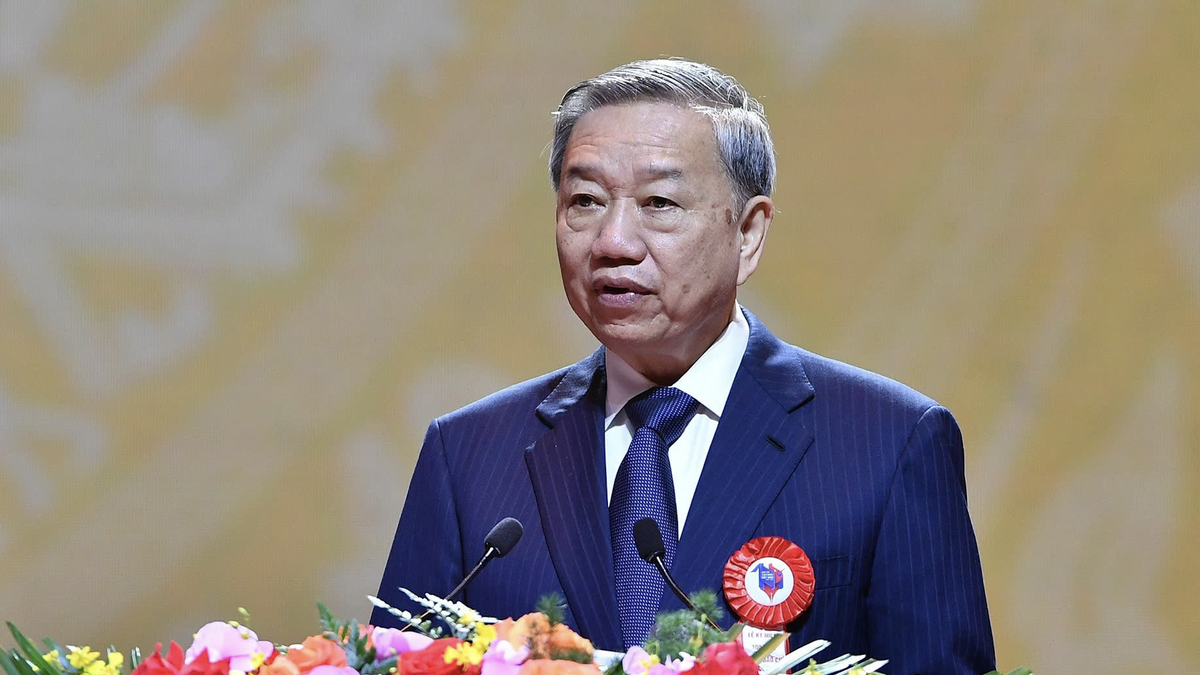








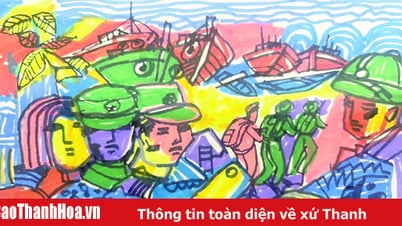

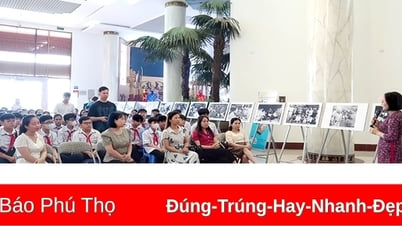
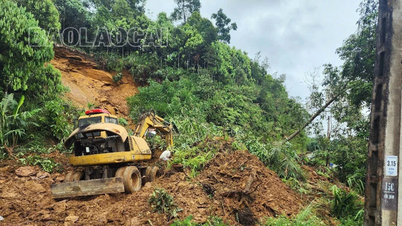

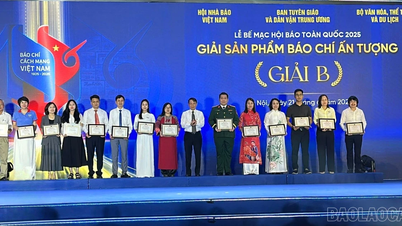

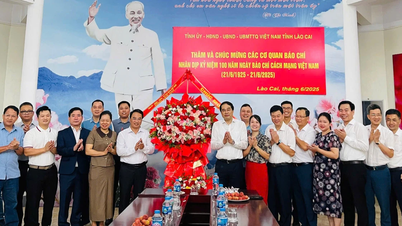
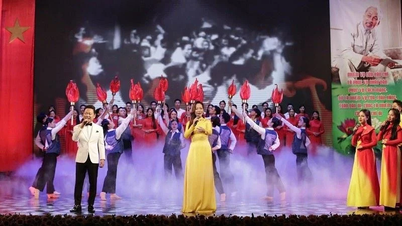
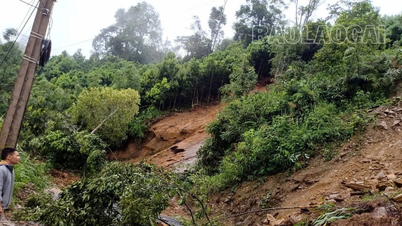










![[Photo] Central Propaganda and Mass Mobilization Department meets with exemplary journalists](https://vphoto.vietnam.vn/thumb/1200x675/vietnam/resource/IMAGE/2025/6/21/9509840458074c03a5831541450d39f8)




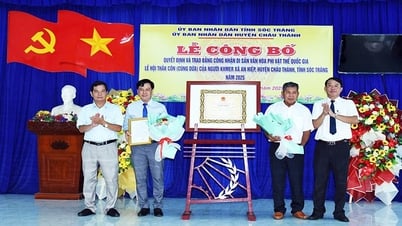










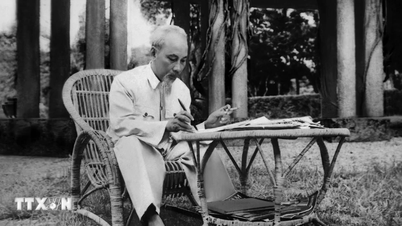






![[Maritime News] Wan Hai Lines invests $150 million to buy 48,000 containers](https://vphoto.vietnam.vn/thumb/402x226/vietnam/resource/IMAGE/2025/6/20/c945a62aff624b4bb5c25e67e9bcc1cb)

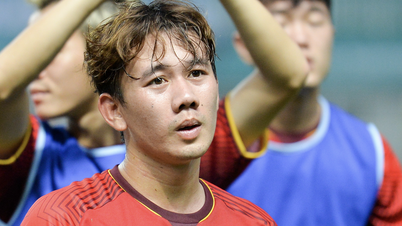
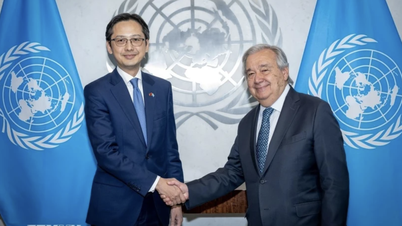
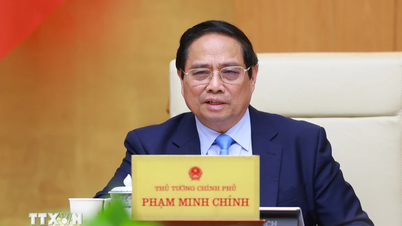





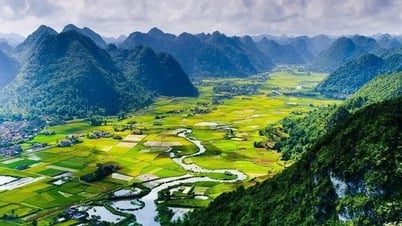




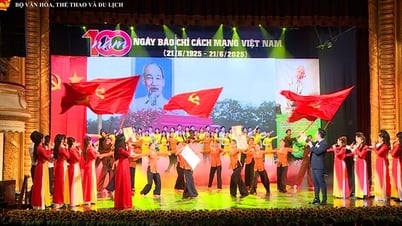


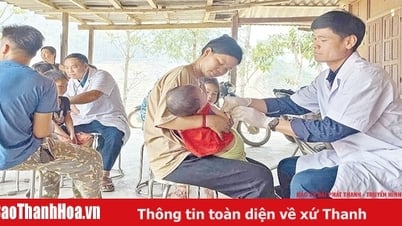
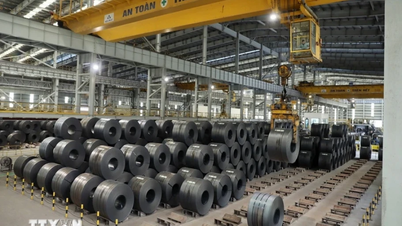
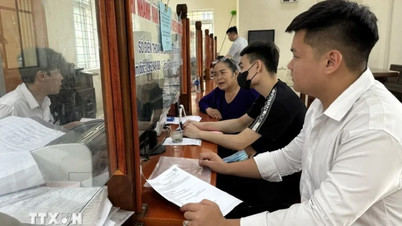
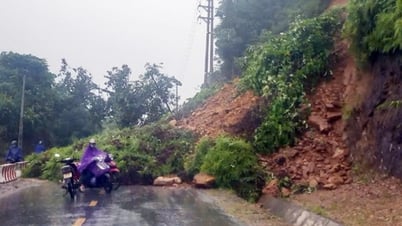

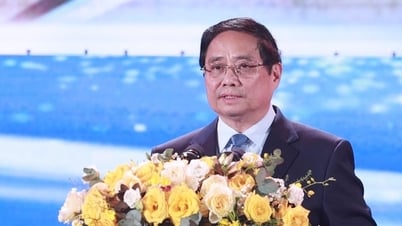













Comment (0)